Consequently,
Container house gates barcelona overlooking:
If from the outside. For example, it is hard to imagine that it is a house, but that we rather think of a series of stacked contairs, it is inside that it turns out, organized around an interior courtyard whose view extends to the surrounding forest. In addition, The ground floor of this container house at the container house gates barcelona overlooking gates of Barcelona is thus designed with an open central. Therefore, space which frames the landscape. The floor, intended for rooms, uses a minimal number of contairs to build the ground floor roof. The finishes are minimalist and its orientation allows optimal thermal performance. Rainwater is recovered in tanks for subsequent use, and sunlight is used to produce electricity and hot water. Photo: Simon Garcia – Arqfoto. David Jiménez
A container house on the outskirts of Barcelona dominating the landscape – Container house gates barcelona overlooking
The architects at 08023 Architects have built this container house on the outskirts of Barcelona, an experimental house designed with the environment in mind, using old shipping containers. Its design combines rational architecture with recycling and respect for the environment, just as the owners’ family wanted. The construction also had to be simple, because the future inhabitants of the house wanted to be involved. The Barcelona Container House is an unusual house, container house gates barcelona overlooking with its green façade standing out against the Catalan sky.
While it’s hard to imagine from the outside that it’s a house. but rather a series of stacked containers, it’s on the inside that it reveals itself, organised around an interior courtyard with a view stretching as far as the surrounding forest. The ground floor of this container house on the outskirts of Barcelona is designed with an open central space. that frames the landscape. The first floor, for the bedrooms, uses a minimum number of containers to build the roof over the ground floor. The finishes are minimalist, and its orientation ensures optimum thermal performance. Rainwater is collected in tanks for later use, and sunlight is used to produce electricity and hot water. Photo: Simon Garcia – Arqfoto and David Jiménez
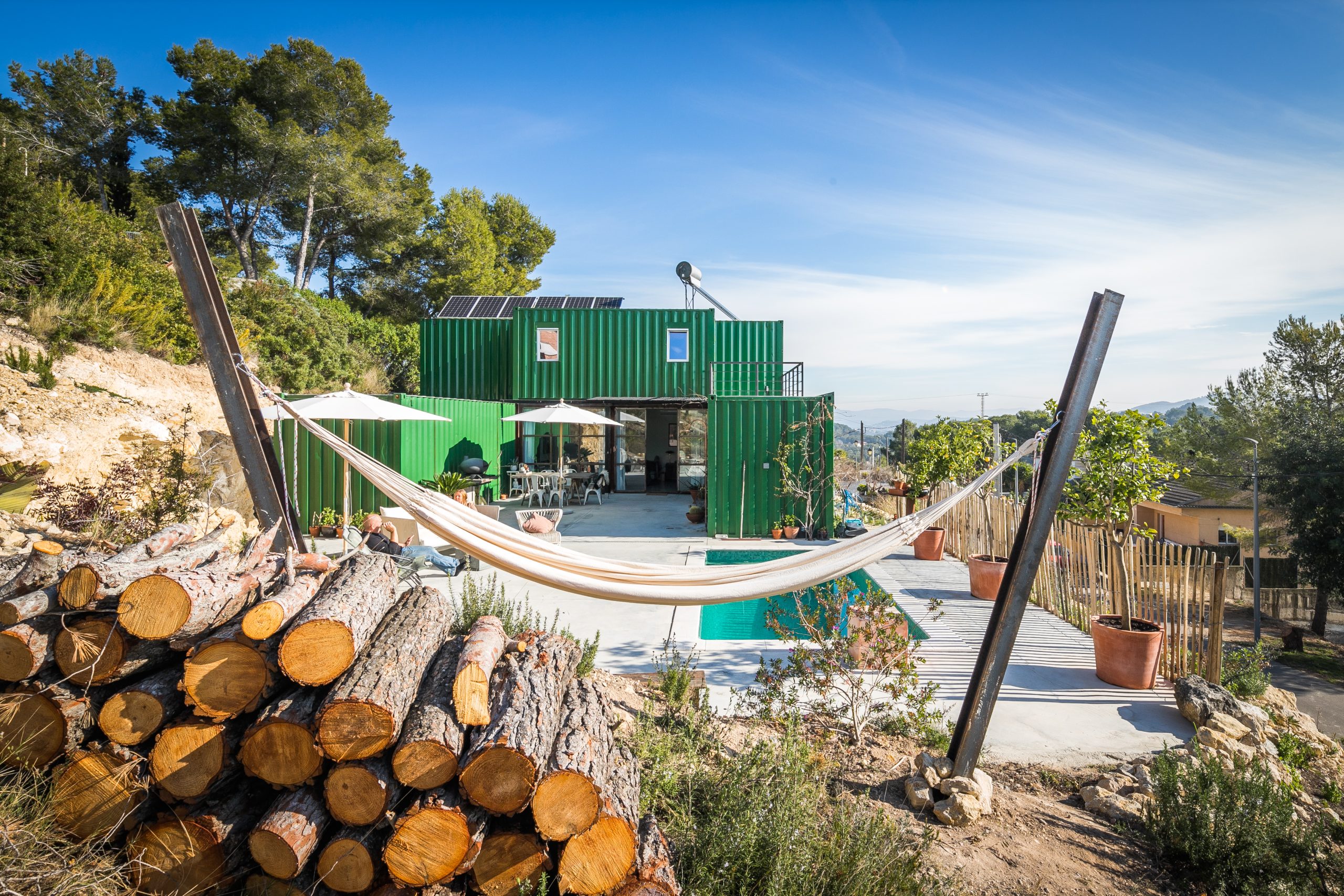

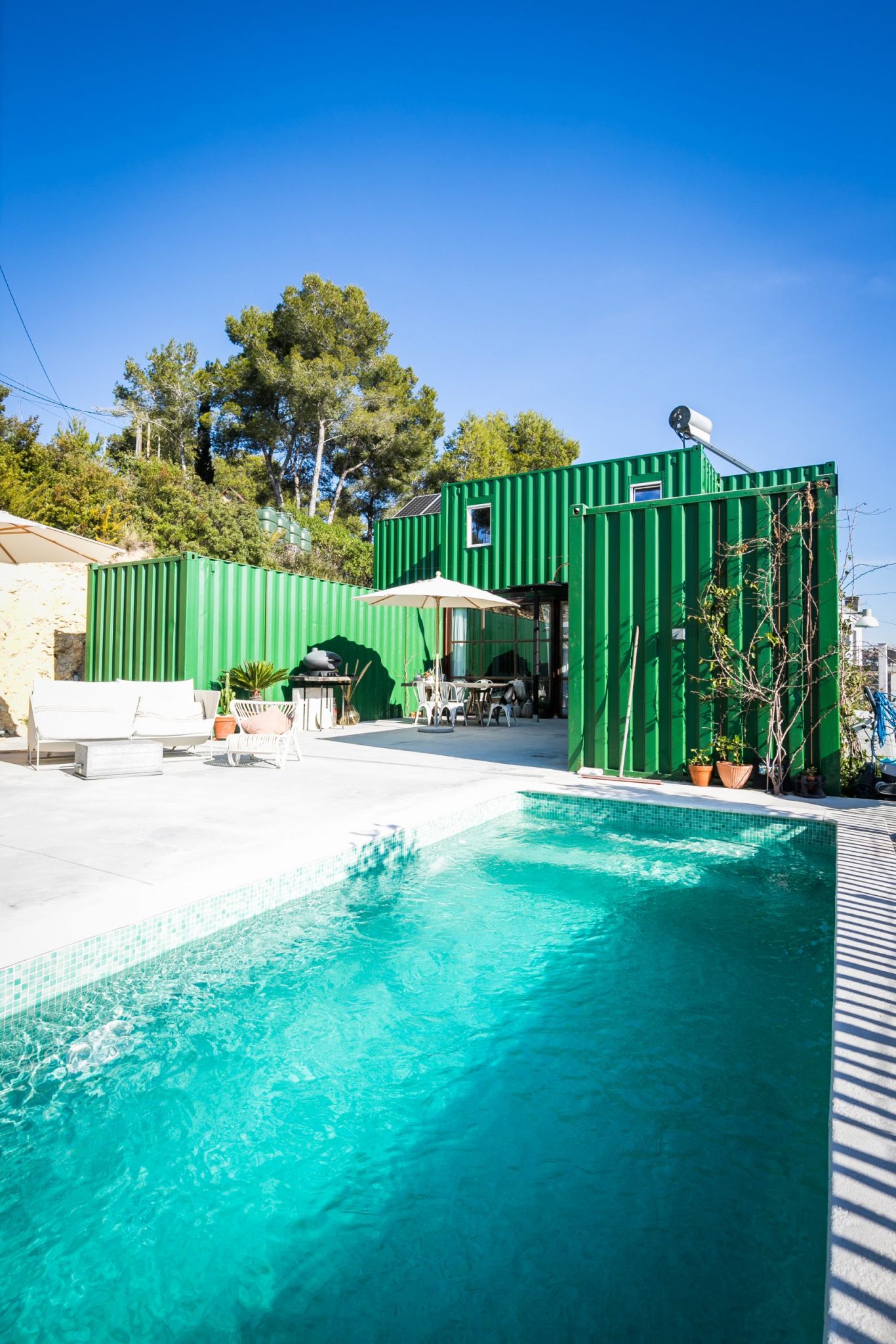

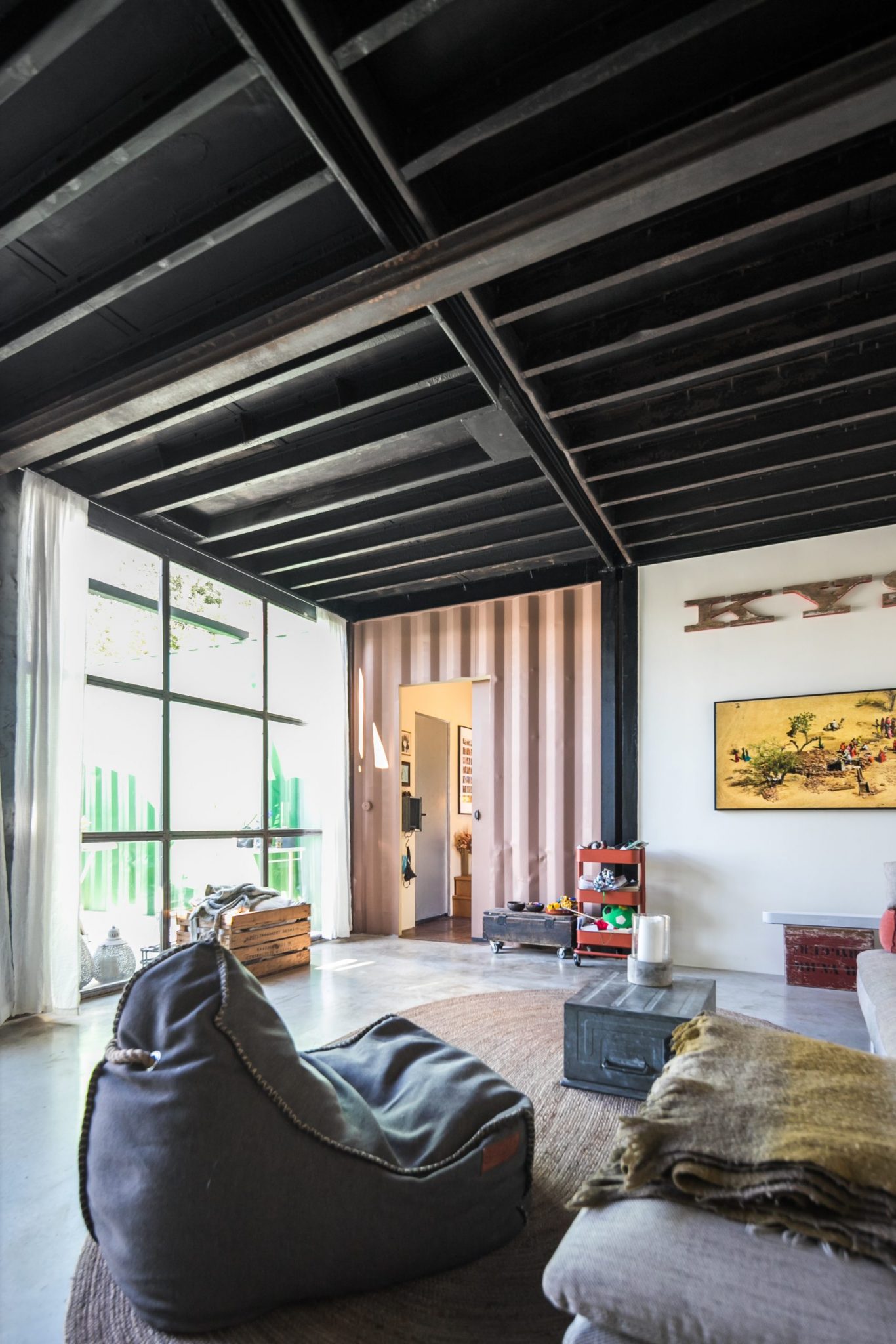

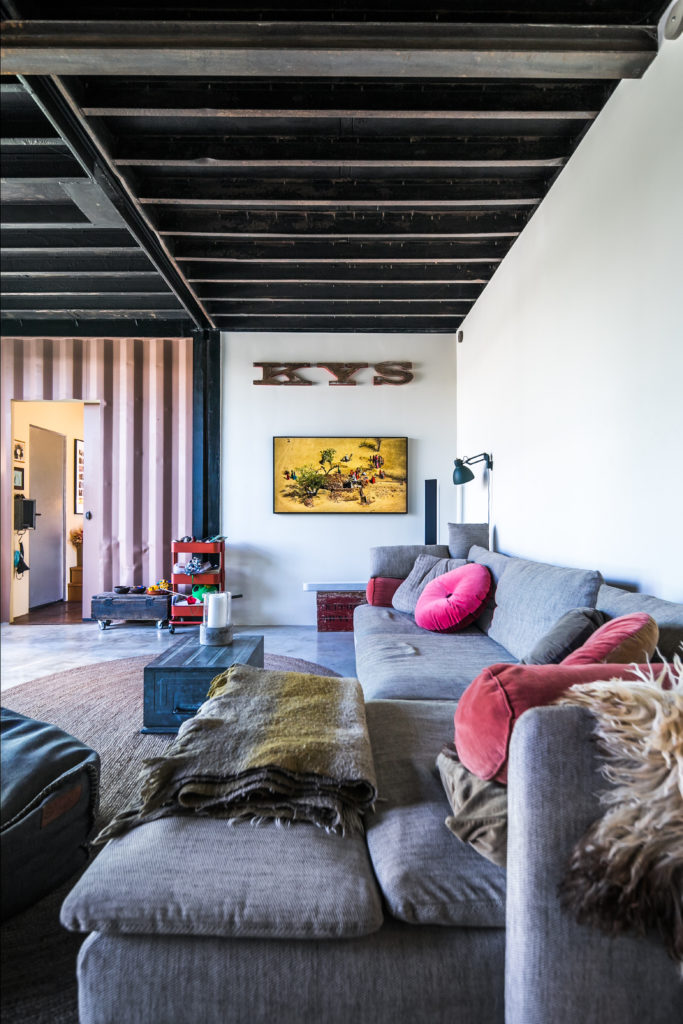

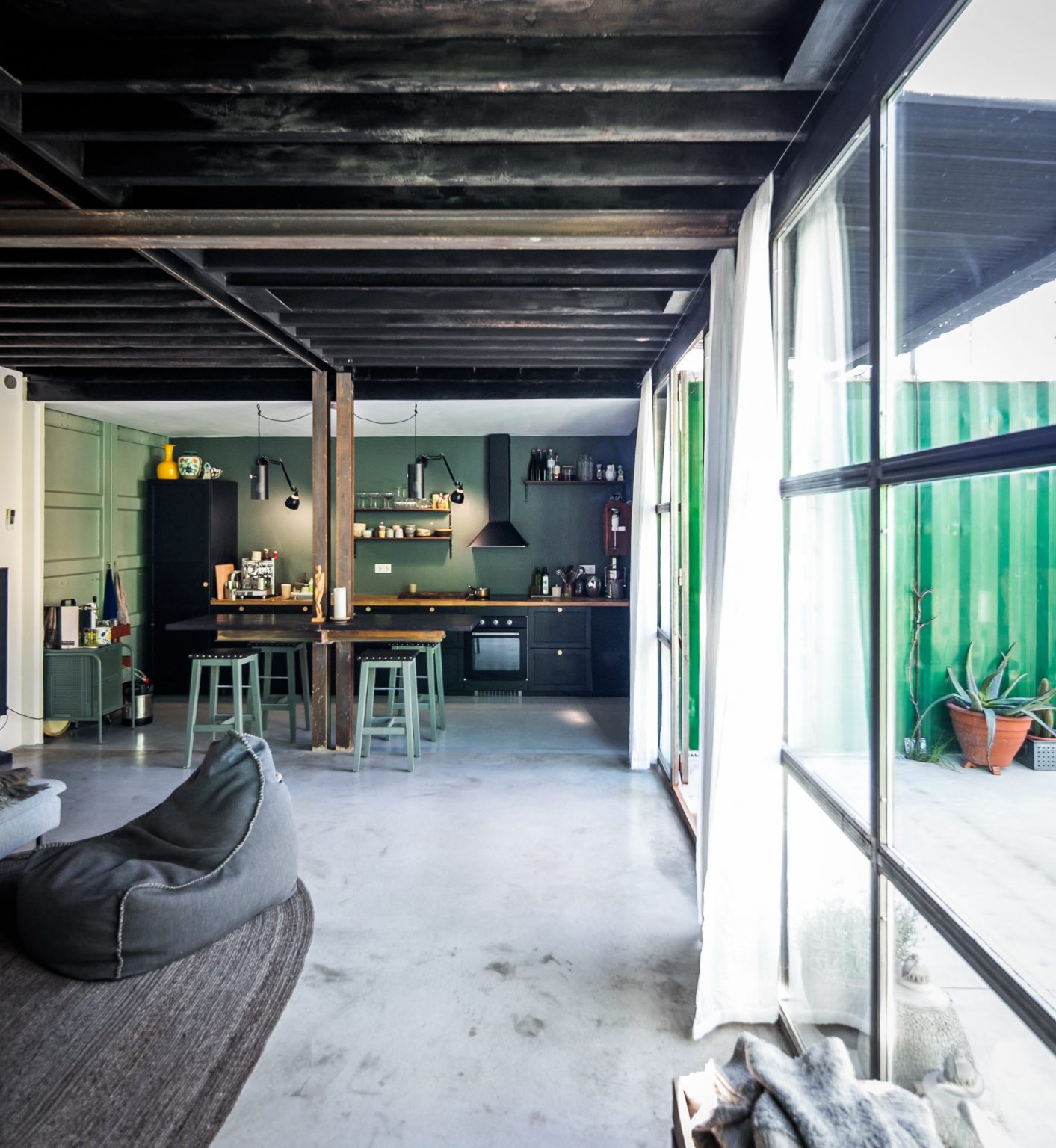

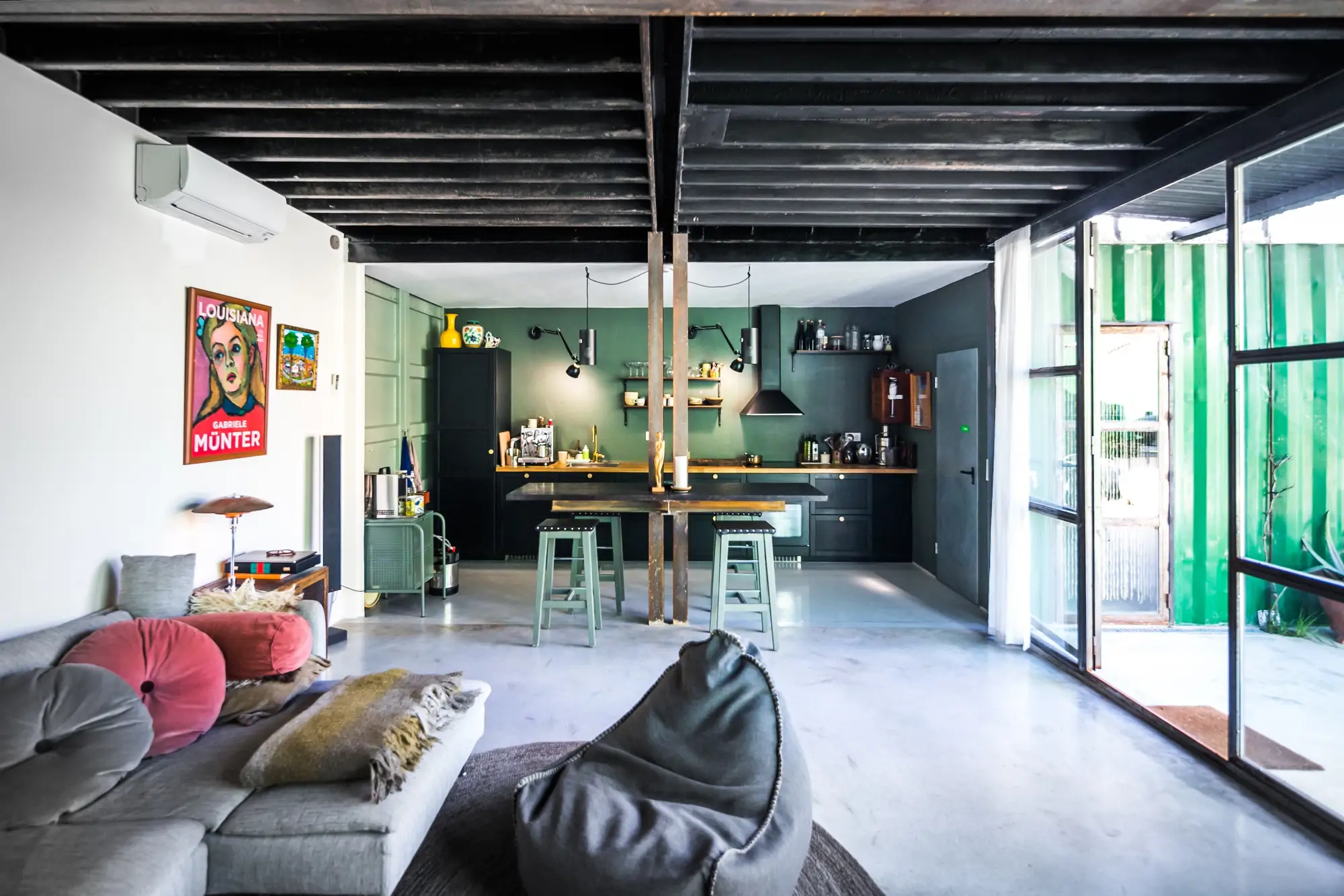

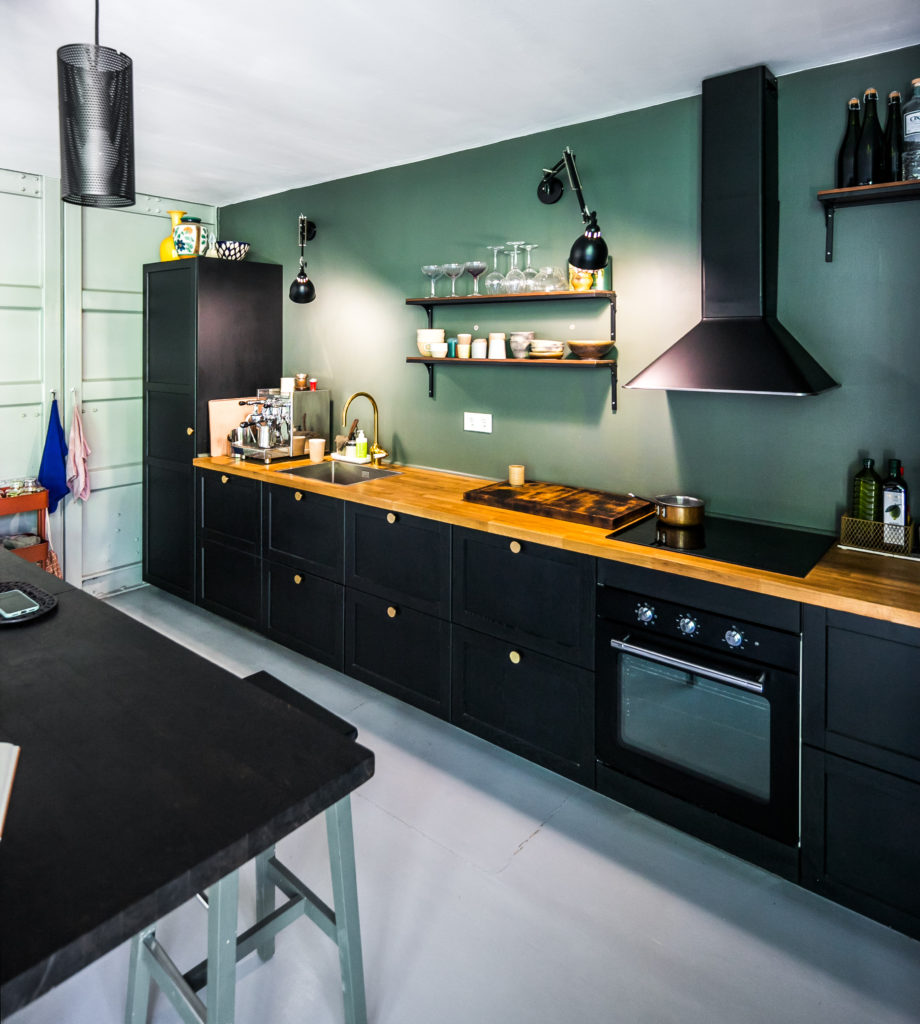

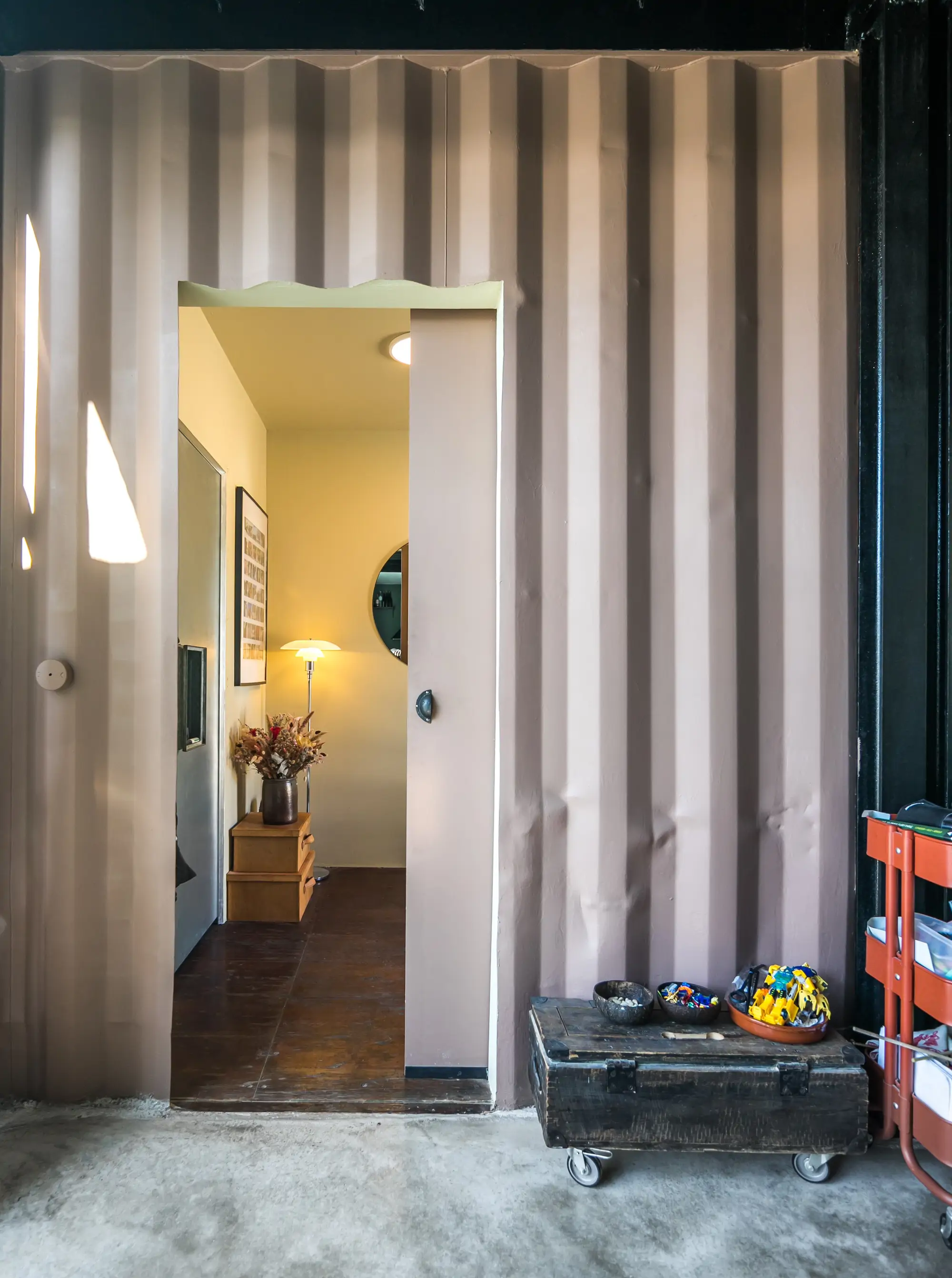

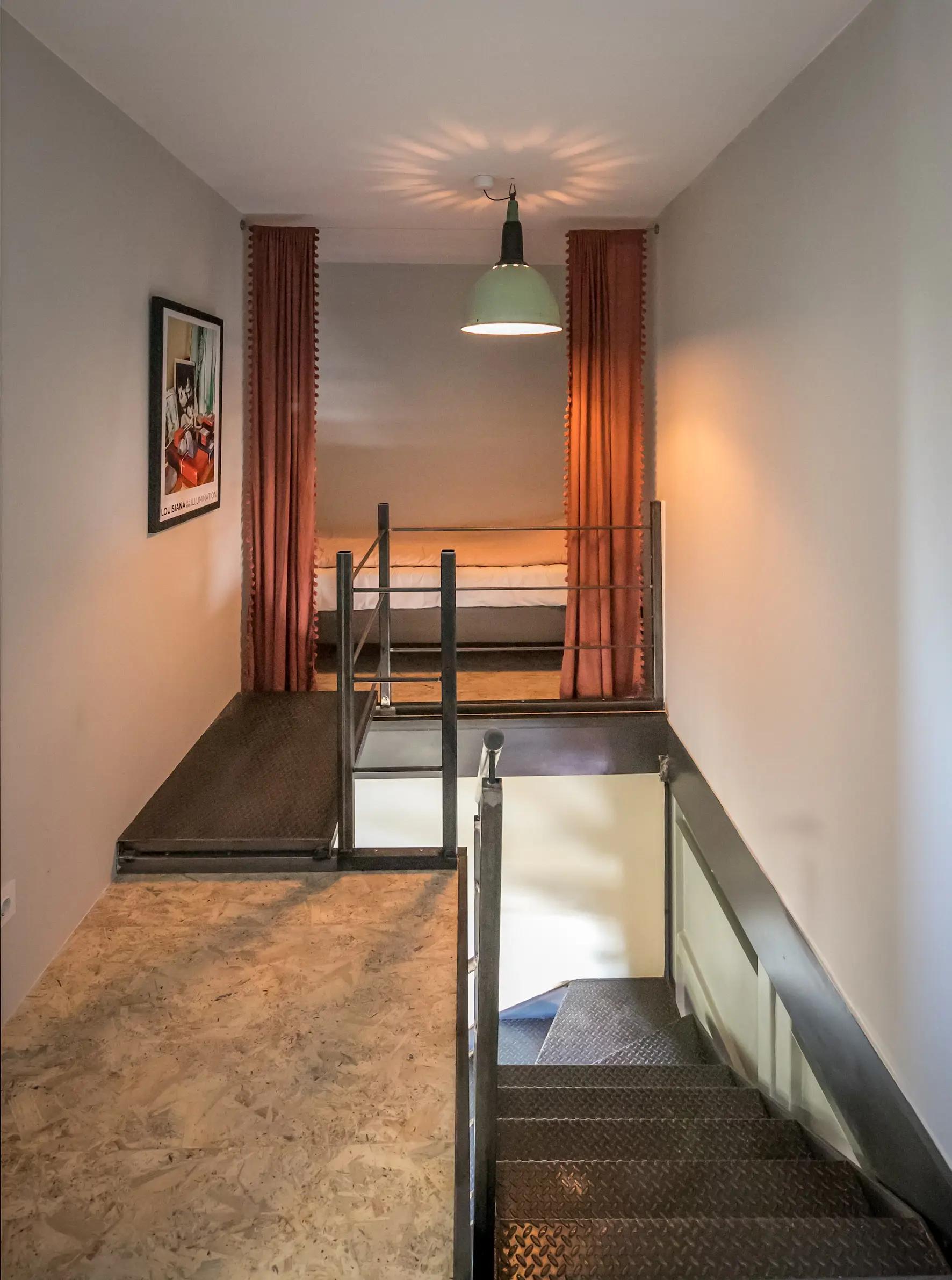

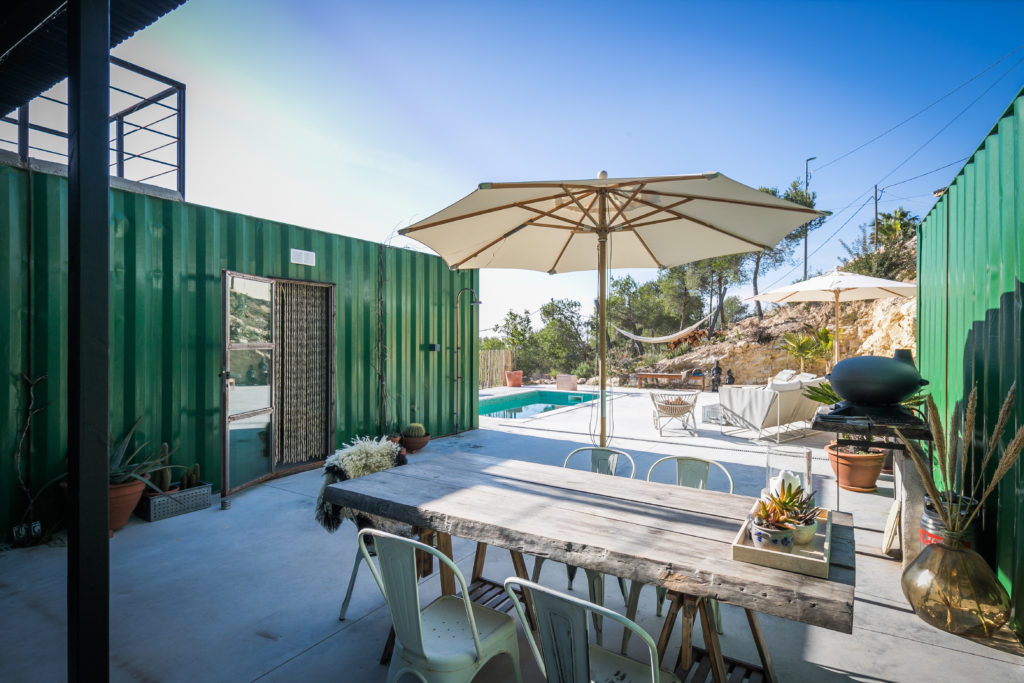

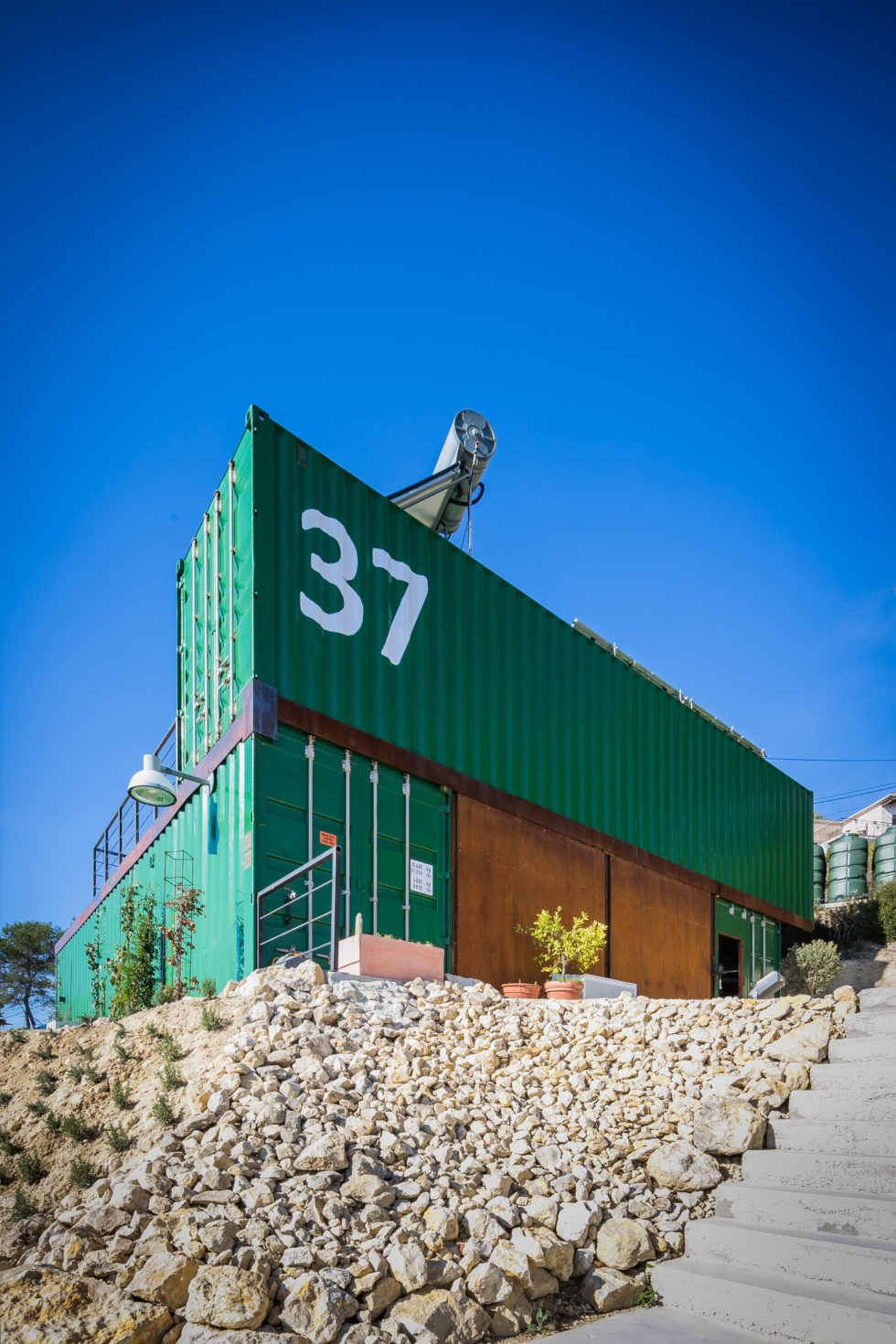

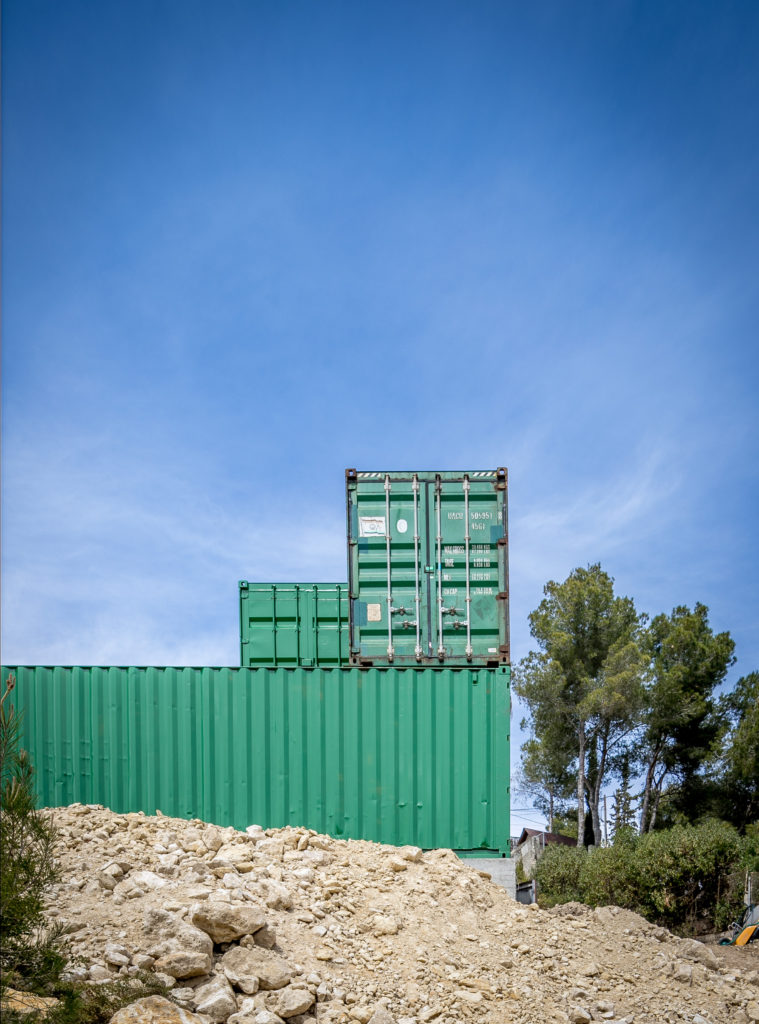

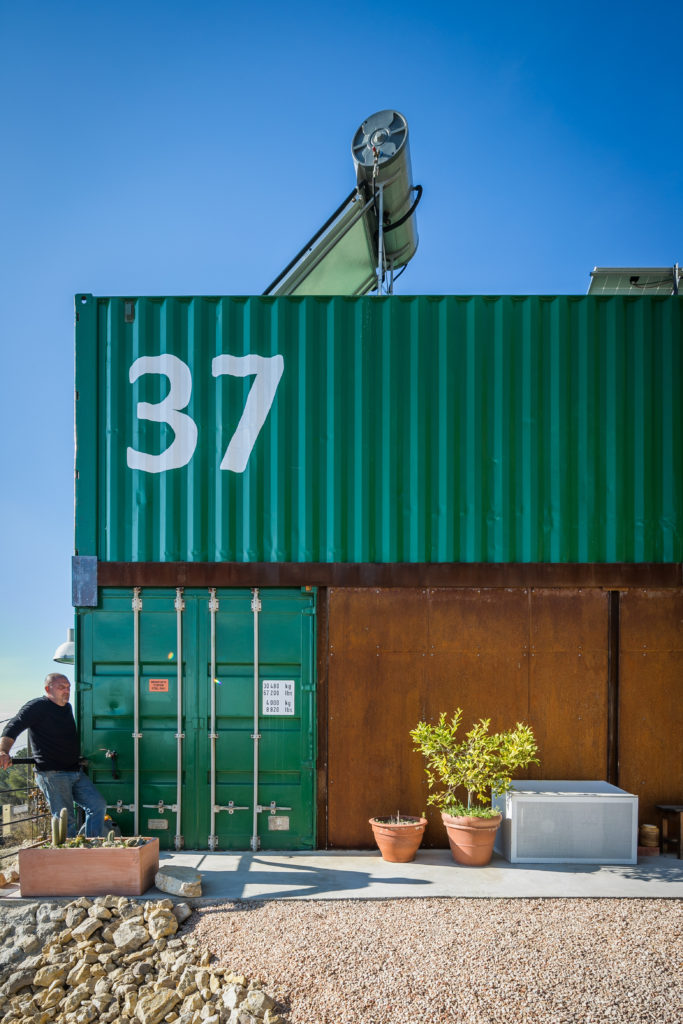

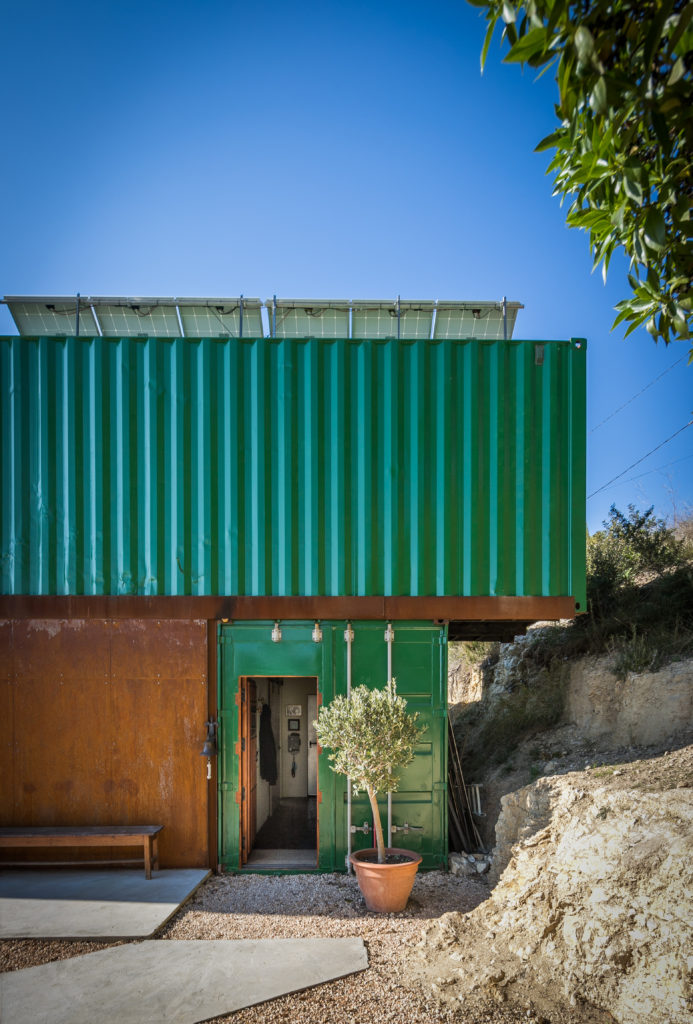

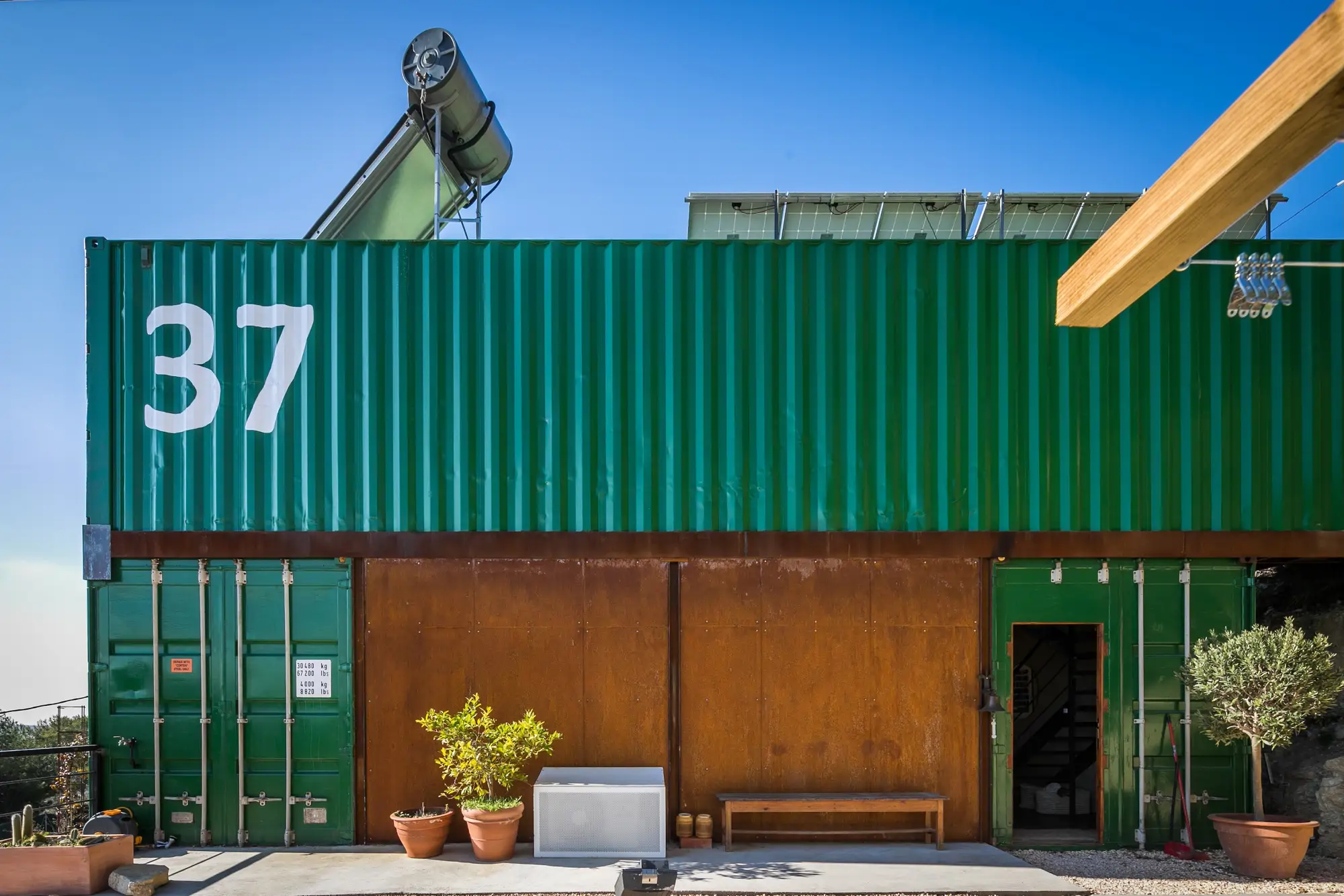

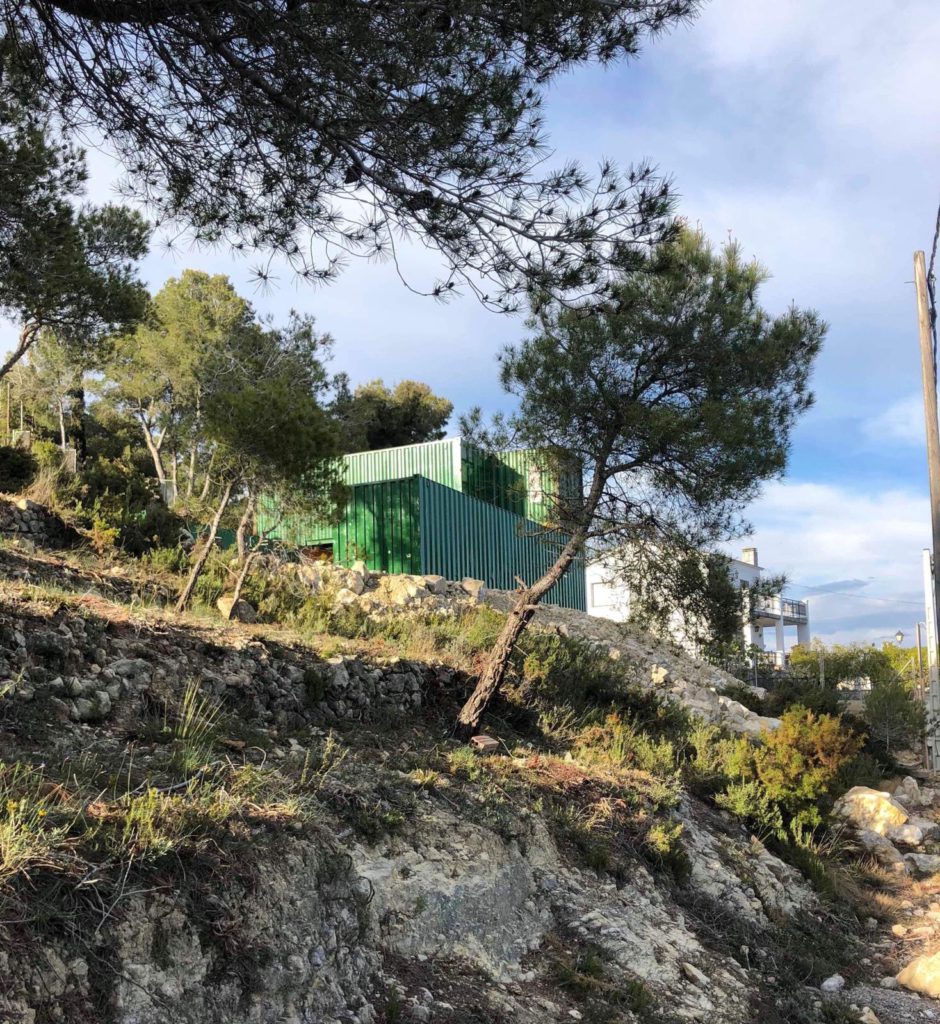

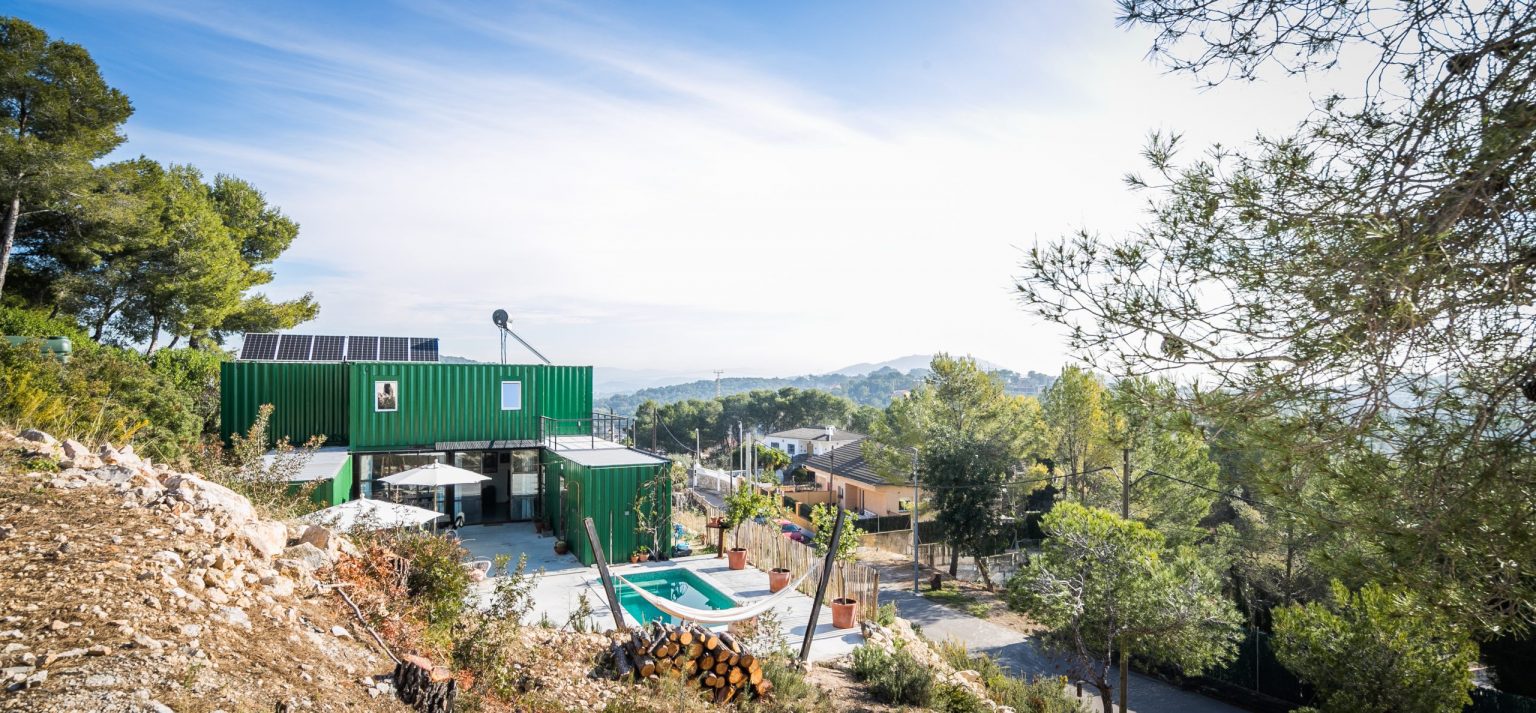

Source : Architecture and Desine
Livres
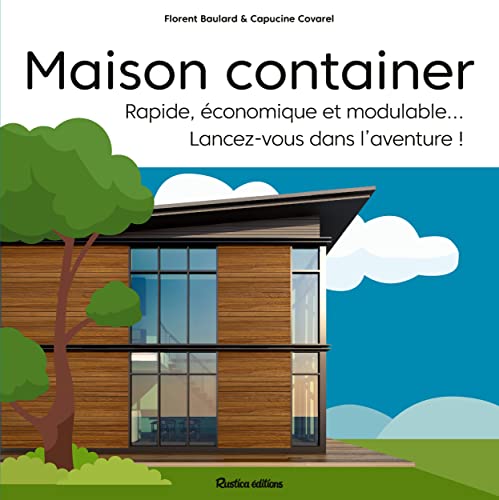
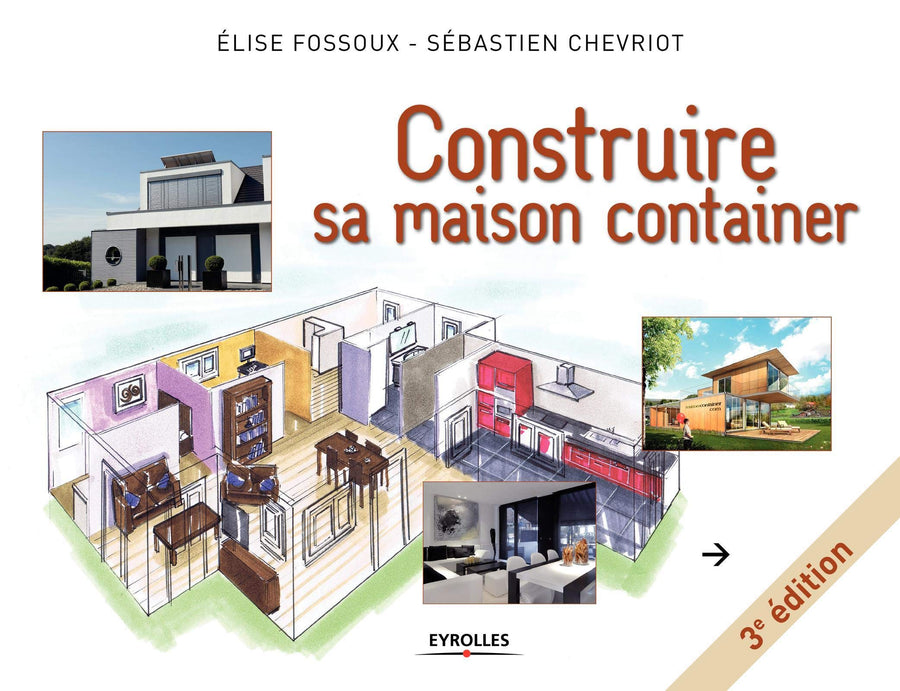
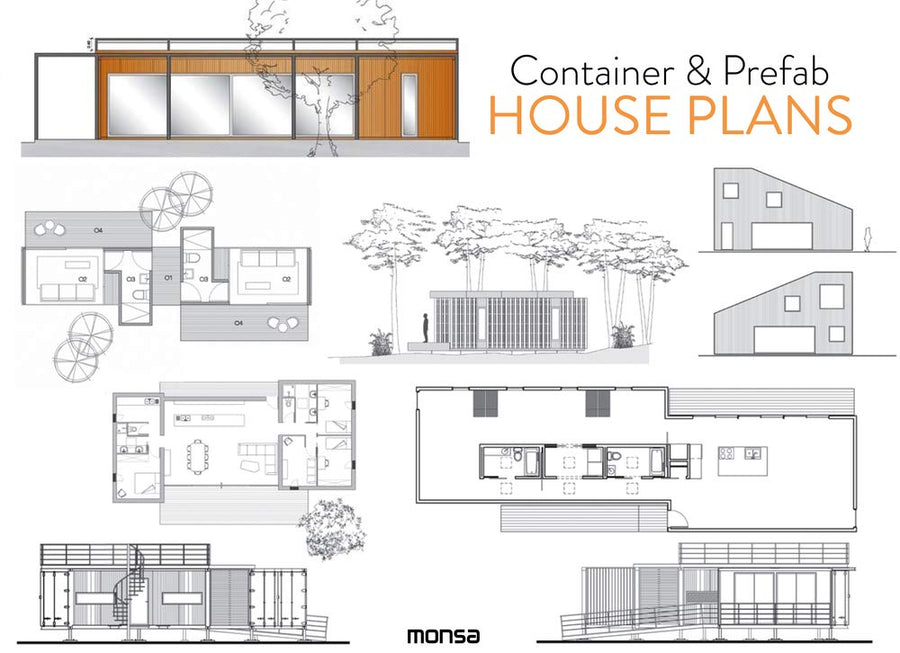
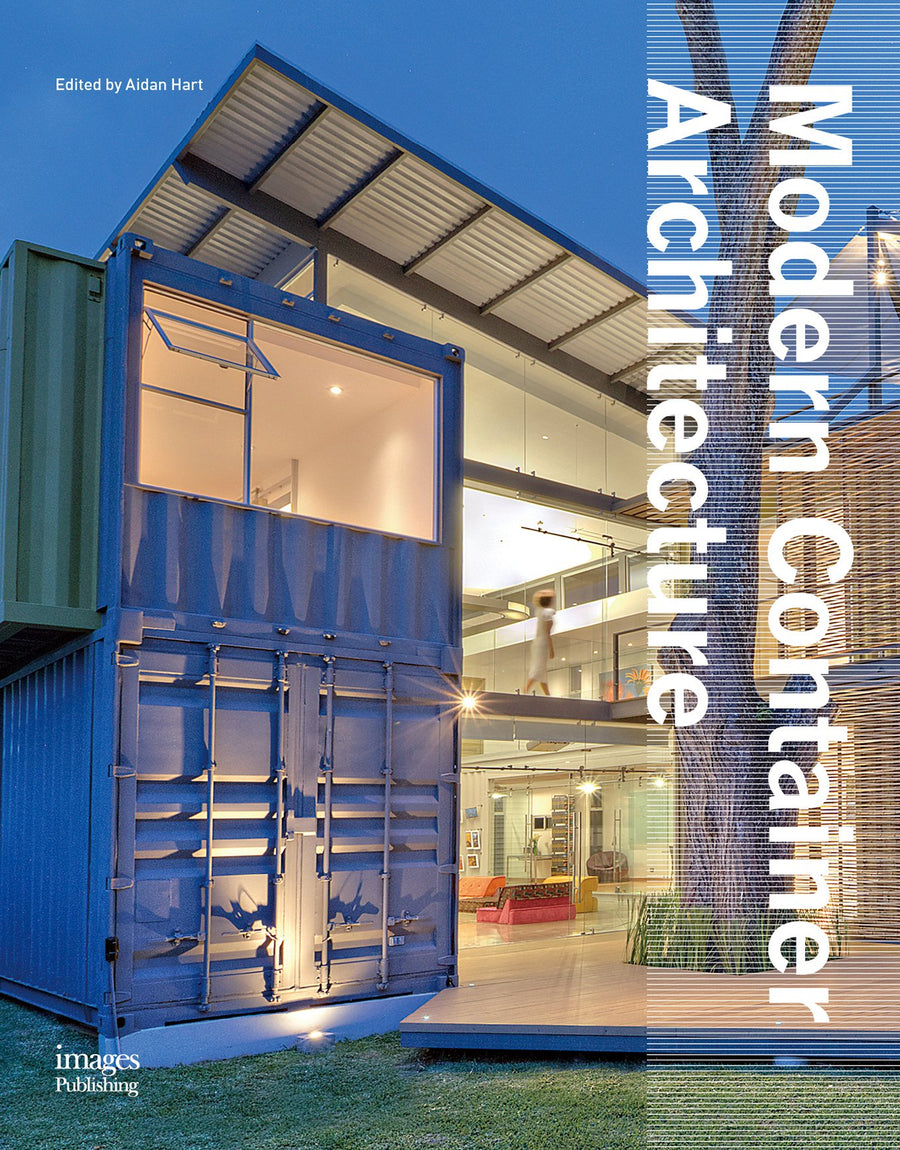
Further reading: At the Pouldu, in Clohars-Carnoët, what remains of Gauguin? – Niki de Saint Phalle and Jean Tinguely, the art of loving – An exhibition developed between Los Angeles and Yvetot on the unknown artistic work of David Lynch – Saint-Agrève: When René keeps the nature around us – In the footsteps of Cezanne in Aix-en-Provence: the quarries of Bibémus.

